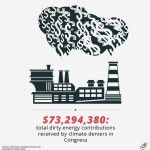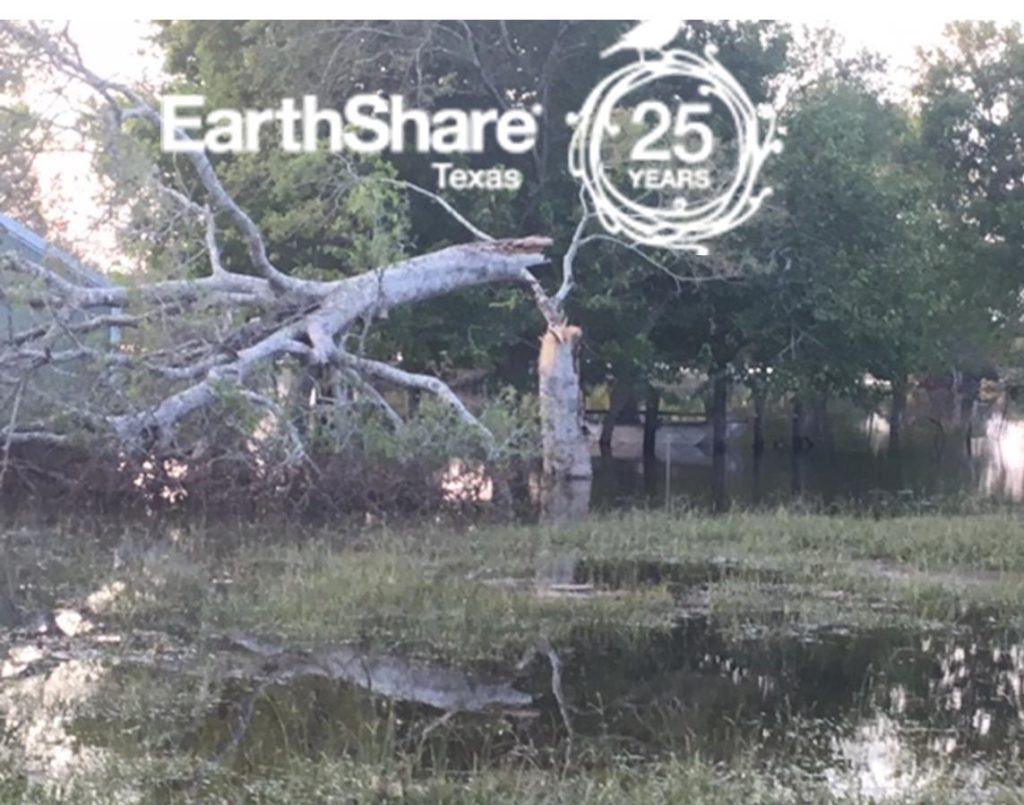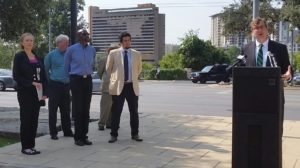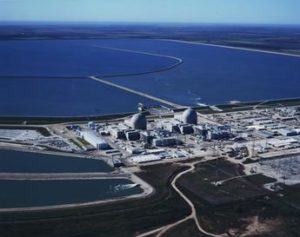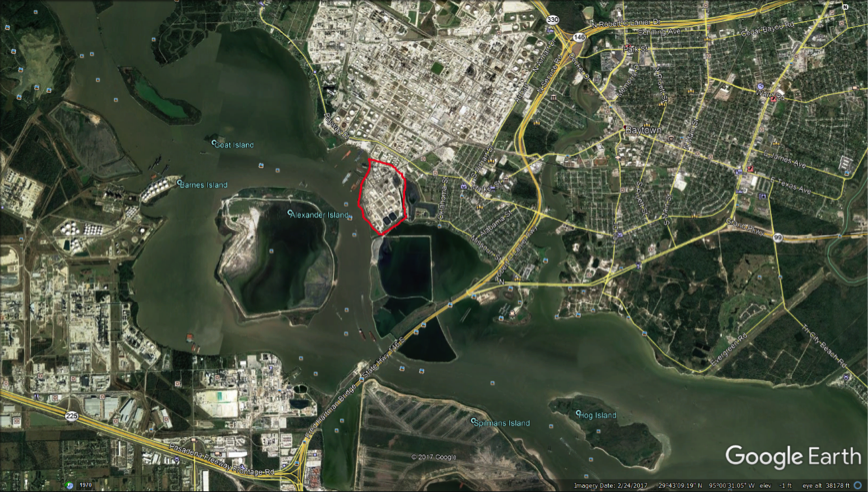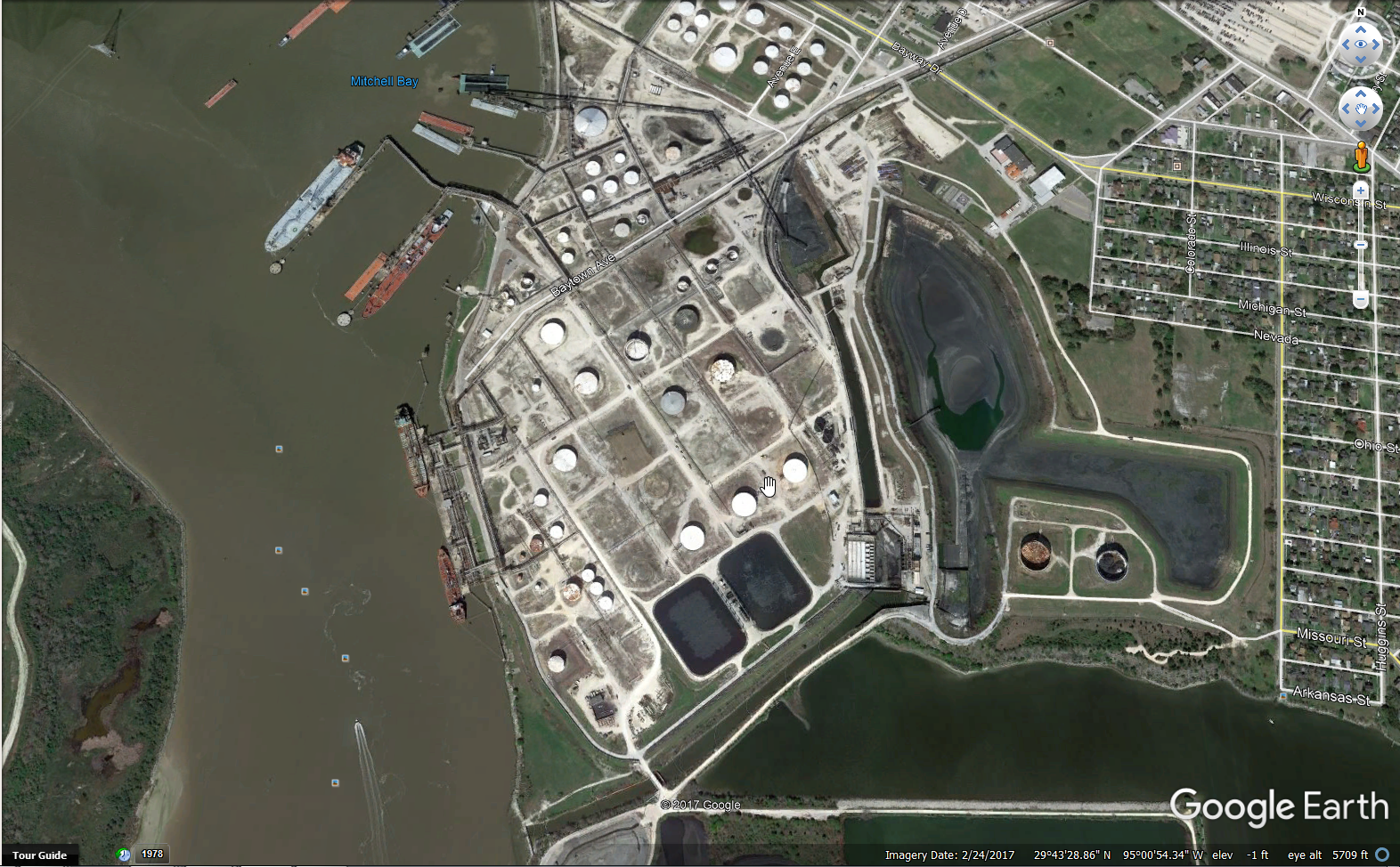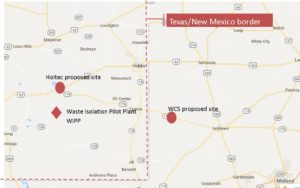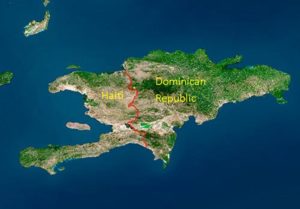 Last week, people gathered at the University of the Incarnate Word in San Antonio to learn about the science of climate change and local climate action planning. The event was attended by students and other community members who are eager for climate action.
Last week, people gathered at the University of the Incarnate Word in San Antonio to learn about the science of climate change and local climate action planning. The event was attended by students and other community members who are eager for climate action.
 Climate change is happening – now, and Texas is already experiencing more climate disasters than any other state – from historic drought and raging wildfires to historic inland flooding and the devastating wind and rain from Hurricane Harvey. These events are costing us in lost lives, destroyed homes, increased pollution, business and infrastructure and lost economic opportunity. Climate scientist and UT Austin Jackson School of Geosciences professor Kerry Cook presented research that shows that the earth is warming, that it’s warming because of human-caused greenhouse gas emissions (primarily carbon dioxide, but also methane and other gases), and how this warming is causing the disasters being felt in Texas. There’s no question about the science.
Climate change is happening – now, and Texas is already experiencing more climate disasters than any other state – from historic drought and raging wildfires to historic inland flooding and the devastating wind and rain from Hurricane Harvey. These events are costing us in lost lives, destroyed homes, increased pollution, business and infrastructure and lost economic opportunity. Climate scientist and UT Austin Jackson School of Geosciences professor Kerry Cook presented research that shows that the earth is warming, that it’s warming because of human-caused greenhouse gas emissions (primarily carbon dioxide, but also methane and other gases), and how this warming is causing the disasters being felt in Texas. There’s no question about the science.
We need action to reduce greenhouse gas emissions and prepare our communities to be more resilient to the changes that are already happening and will continue to worse. The Trump administration is busy dismantling policies – including the Clean Power Plan and fuel efficiency standards for vehicles – that would help protect the climate, and deleting scientific information about climate change from government websites. And the Texas state government is beholden to the fossil fuel industries that are causing climate change. So it’s left to our local governments to take action. Which they are doing all around the country.
San Antonio is stepping up to take on the challenge. CPS Energy – which is owned by the city – has donated $500,000 to the University of Texas at San Antonio to develop a community climate action and adaptation plan. The university has assembled a team – lead by Associate Professor Hazem Rashed-Ali – that will create an updated greenhouse gas inventory (an accounting of where emissions are coming from) for the San Antonio area, and evaluate and recommend actions that will reduce emissions and make the community more resilient to climate change. The plan will include actions to reduce greenhouse gas emissions from every part of the community, from sources that include energy production, solid waste, transportation and industry.
 Mr. Rashed-Ali explained how public participation will be incorporated into this process at every step. A steering committee and technical advisory committees of community members will be integral to the process, as will community events and other opportunities for the public to share ideas and give feedback. The process is expected to take 18 months and will result in a plan that will be presented to the city council for approval.
Mr. Rashed-Ali explained how public participation will be incorporated into this process at every step. A steering committee and technical advisory committees of community members will be integral to the process, as will community events and other opportunities for the public to share ideas and give feedback. The process is expected to take 18 months and will result in a plan that will be presented to the city council for approval.
Thankfully, the people of San Antonio have elected a pragmatic city council that recognizes the threat that climate changes poses to the community and the opportunity to benefit from embracing solutions. Actions to reduce greenhouse gas emissions will improve local air quality, create jobs, expand transportation options, and improve quality of life. The budget that City Council recently adopted for fiscal year 2018 included funding for a new climate liaison for the Office of Sustainability. This person (once hired) will work with Doug Melnick, San Antonio’s Chief Sustainability Officer, to keep information flowing between the planning process at UTSA and the city.
 San Antonio District 7 Councilwoman Ana Sandoval, who has a background in climate and air quality science, made it clear that the city can and will take action. Mayor Nirenberg appointed her as the chair of the Community Health and Equity Committee, making her the City Council lead on the climate action and adaptation plan. But she doesn’t plan to sit and wait for the plan to be completed before taking action to benefit the community. She knows there is no time to waste and encouraged the public to continue reaching out the Council about taking action. This is the kind of open and engaged government that can really get things done.
San Antonio District 7 Councilwoman Ana Sandoval, who has a background in climate and air quality science, made it clear that the city can and will take action. Mayor Nirenberg appointed her as the chair of the Community Health and Equity Committee, making her the City Council lead on the climate action and adaptation plan. But she doesn’t plan to sit and wait for the plan to be completed before taking action to benefit the community. She knows there is no time to waste and encouraged the public to continue reaching out the Council about taking action. This is the kind of open and engaged government that can really get things done.
 With our communities under assault from the effects of climate change, it can be easy to get discouraged or even depressed, but Sister Martha Ann Kirk, who is a professor at the University of the Incarnate Word made sure to infuse hope into the conversation. She rightfully recognizes the incredible human resources that the San Antonio community has and encouraged everyone to embrace the healing power of natural places. The University of the Incarnate Word is home to just such a place – the Blue Hole. This connection to nature transcends religious beliefs. We would all do well to head Sister Kirk’s advice and step out of our busy lives when we feel overwhelmed and reconnect with the Earth we are trying to protect.
With our communities under assault from the effects of climate change, it can be easy to get discouraged or even depressed, but Sister Martha Ann Kirk, who is a professor at the University of the Incarnate Word made sure to infuse hope into the conversation. She rightfully recognizes the incredible human resources that the San Antonio community has and encouraged everyone to embrace the healing power of natural places. The University of the Incarnate Word is home to just such a place – the Blue Hole. This connection to nature transcends religious beliefs. We would all do well to head Sister Kirk’s advice and step out of our busy lives when we feel overwhelmed and reconnect with the Earth we are trying to protect.
The Climate Action SA coalition – of which Public Citizen is a member – has been working for the past year to garner public support for developing a climate action plan. We’re all pleased that City Council, CPS Energy and UTSA have heard our calls and are taking action. This is just the start though – the real work lies ahead. This is a massive undertaking and we need more volunteers. Maybe you’d like to serve on one of the steering or technical advisory committees, or maybe you want to help with outreach to different parts of the San Antonio community, or maybe you want to research solutions to be considered for the plan. Whatever your skills are, we’d love to welcome you to participate in this work.
Video of the event is on the Facebook event page.
Presentations:
by Professor Kerry Cook
by Associate Professor Hazem Rashed-Ali
by Sister Martha Ann Kirk
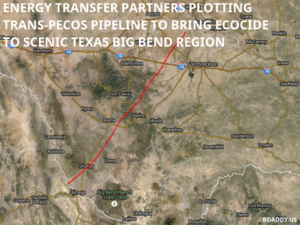
 Foundation Communities
Foundation Communities  The Austin City Council resolution was sponsored by Council Member Greg Casar and co-sponsored by Council Members Leslie Pool, Delia Garza, and Pio Renteria. They were joined in support by Council Members Ann Kitchen, Alison Alter and Ora Houston, Mayor Pro Tem Tovo, and Mayor Steve Adler. Public Citizen applauds City Council and Austin Energy for embracing this next step in local solar development in Austin and looks forward to engaging with staff and other stakeholders to make this effort a success.
The Austin City Council resolution was sponsored by Council Member Greg Casar and co-sponsored by Council Members Leslie Pool, Delia Garza, and Pio Renteria. They were joined in support by Council Members Ann Kitchen, Alison Alter and Ora Houston, Mayor Pro Tem Tovo, and Mayor Steve Adler. Public Citizen applauds City Council and Austin Energy for embracing this next step in local solar development in Austin and looks forward to engaging with staff and other stakeholders to make this effort a success.

